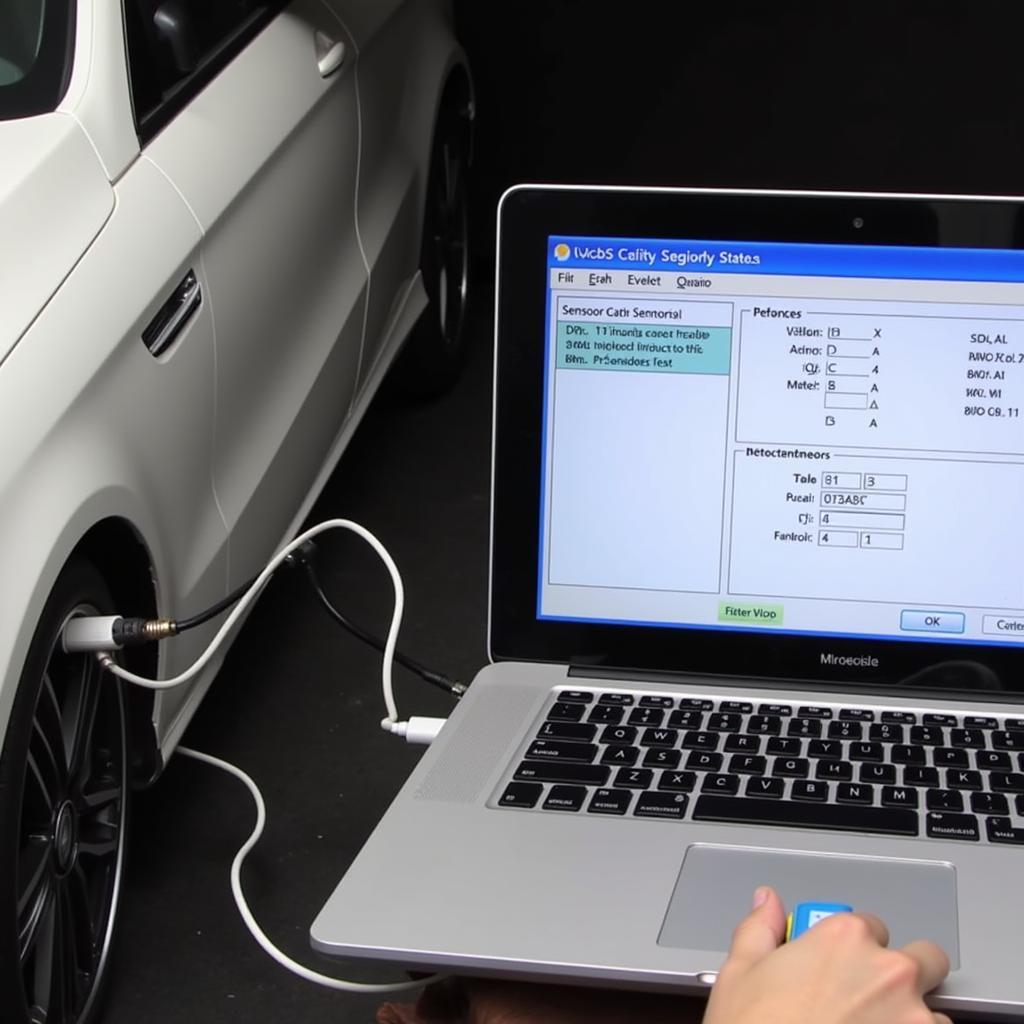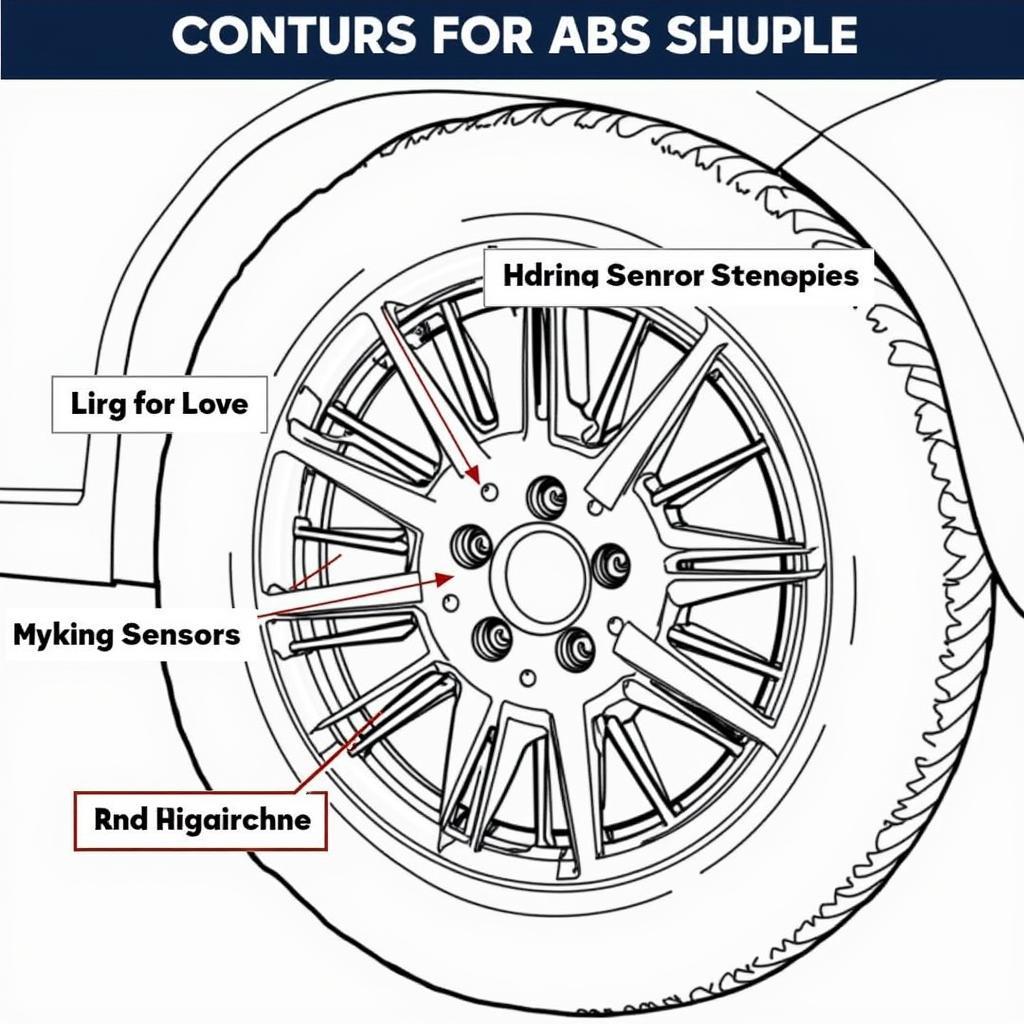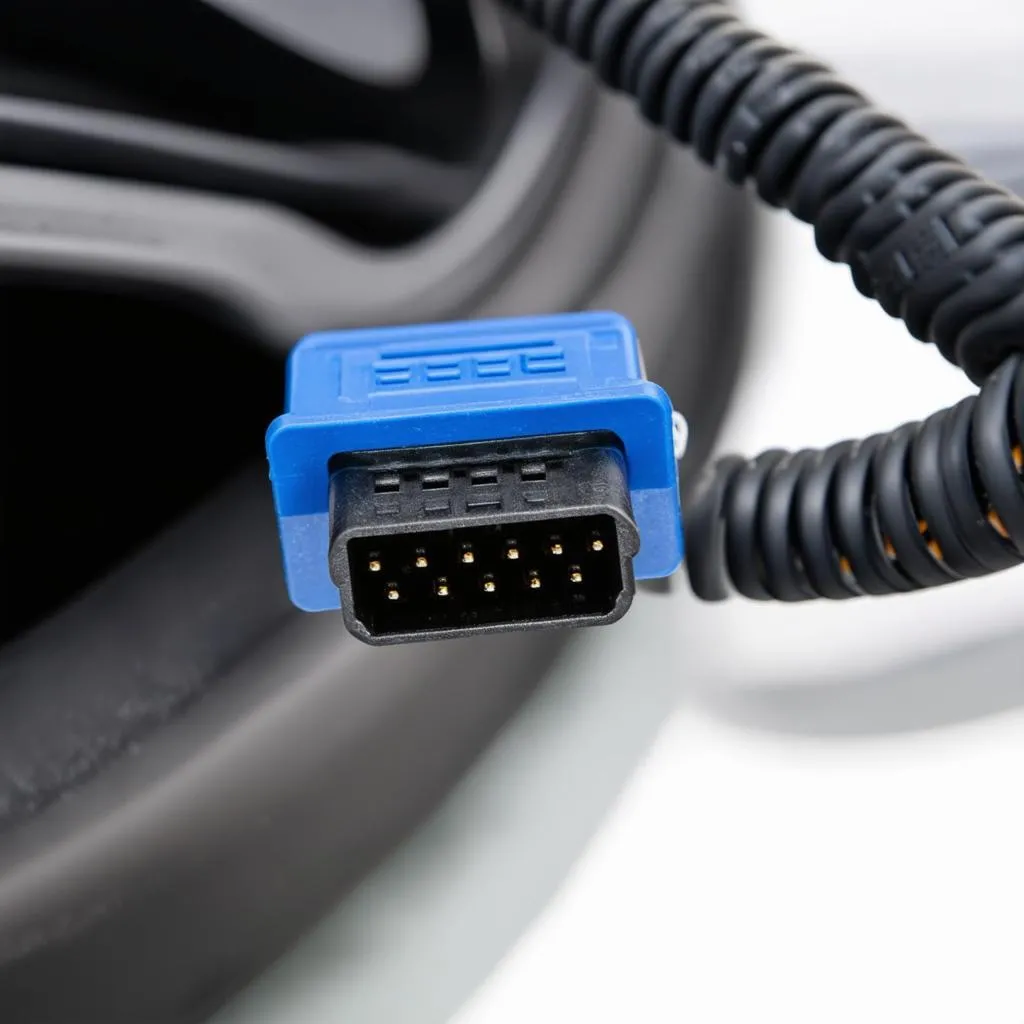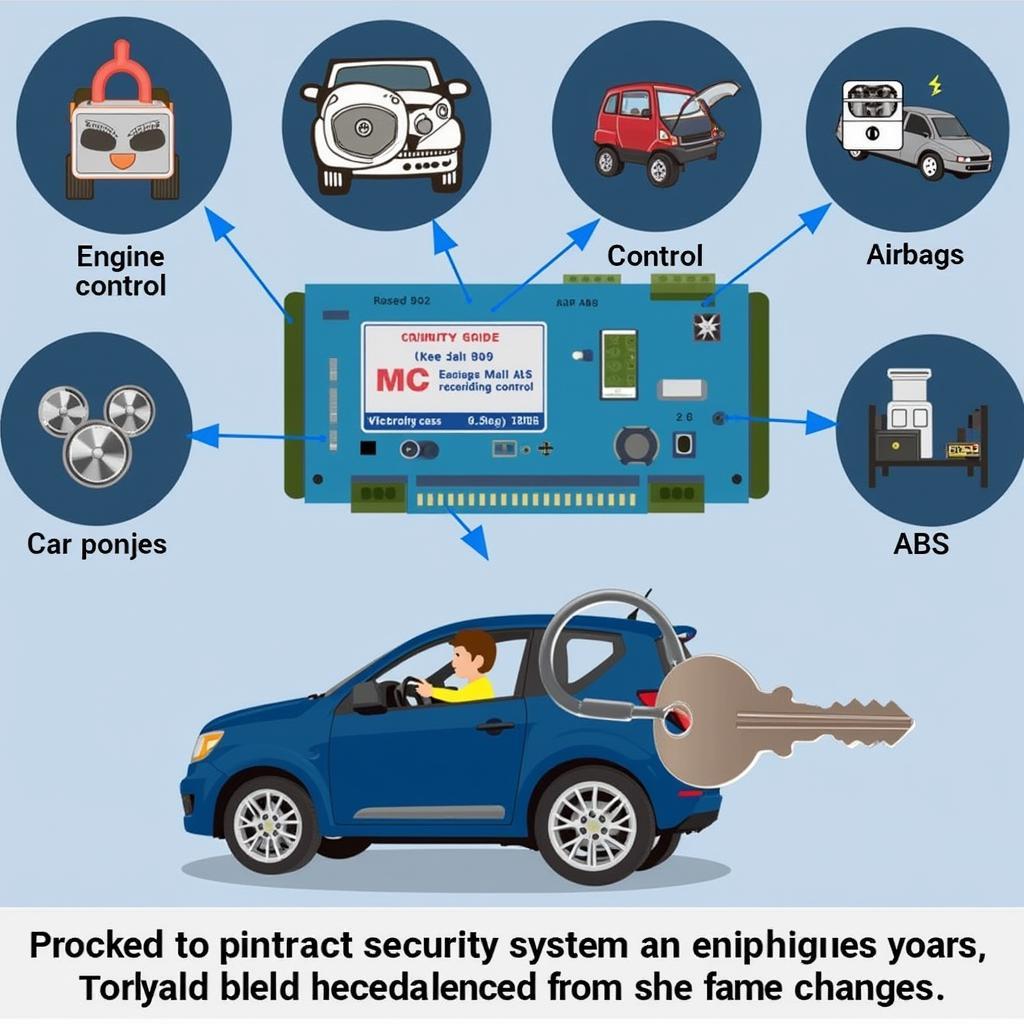Testing your Anti-lock Braking System (ABS) sensors with a VCDS (Vag-Com Diagnostic System) is a crucial step in diagnosing and resolving brake issues. This guide will walk you through the process, from understanding the importance of a vcds abs sensor test to interpreting the results. For more on using VCDS for other diagnostic tasks, see our guide on how to use vcds to fix steering angle sensor.
Why is a VCDS ABS Sensor Test Important?
A functioning ABS is essential for safe driving. It prevents wheel lockup during hard braking, allowing you to maintain steering control. Faulty ABS sensors can lead to a malfunctioning system, increasing your stopping distance and potentially causing dangerous situations. Regularly testing your ABS sensors with VCDS can help identify problems early on, preventing costly repairs and ensuring your safety on the road.
The VCDS diagnostic tool offers a powerful and precise method for pinpointing the exact location of the fault, whether it’s a sensor issue, wiring problem, or a malfunctioning ABS module. This detailed information allows for targeted repairs, saving you both time and money compared to traditional guesswork-based diagnostics. It offers a more comprehensive analysis than generic OBD-II scanners, providing data specific to VAG vehicles. This allows for a more in-depth understanding of the ABS system’s health and performance. For an overview of the VCDS system, you can check our review on the vcds hex-v2 diagnostic tool.
How to Perform a VCDS ABS Sensor Test
Performing a VCDS ABS sensor test is straightforward, even for novice users. Here’s a step-by-step guide:
- Connect your VCDS interface to your vehicle’s OBD-II port.
- Turn on the ignition.
- Launch the VCDS software on your computer.
- Select “Select Control Module.”
- Choose “ABS Brakes.”
- Select “Measuring Blocks – 08.”
- Identify the measuring block groups corresponding to your ABS sensors. These typically display wheel speed data.
- Monitor the values displayed for each sensor while driving the vehicle at various speeds.
- Look for inconsistencies or erratic readings, which indicate a potential sensor problem.
 Connecting VCDS to OBD-II Port for ABS Sensor Test
Connecting VCDS to OBD-II Port for ABS Sensor Test
Interpreting the Results
Understanding the data displayed during the VCDS ABS sensor test is key to accurate diagnosis. Consistent and plausible wheel speed readings across all sensors indicate a healthy ABS system. However, several scenarios might point to a problem:
- Zero Reading: A constant zero reading from a specific sensor often signifies a complete sensor failure or a wiring issue.
- Erratic Readings: Fluctuating or implausible values suggest a faulty sensor, damaged wiring, or a problem with the sensor’s connection.
- Significant Deviations: If one sensor displays significantly different values compared to the others, it might indicate a problem with that particular sensor.
Common Questions about VCDS ABS Sensor Tests
What if all sensors read zero? This could indicate a problem with the ABS module itself or a communication issue between the module and the VCDS interface.
Can I perform a VCDS ABS sensor test without driving the vehicle? While some basic checks can be done stationary, a dynamic test while driving is essential for accurate diagnosis.
What other tests can I perform with VCDS for ABS diagnosis? VCDS allows access to fault codes, output tests, and other diagnostic functions that can help pinpoint the root cause of ABS issues. For information about mobile VCDS options, check our page on vcds mobile.
Conclusion
Performing a vcds abs sensor test is a vital part of maintaining your vehicle’s braking system. Early detection of ABS issues can prevent costly repairs and ensure your safety on the road. By following this guide and interpreting the results correctly, you can maintain a healthy and reliable ABS system. For budget-friendly VCDS options, consider exploring vcds lite 1.2 full registered activated.
FAQs
- How often should I test my ABS sensors? It’s recommended to test them annually or whenever you experience braking issues.
- What are the common causes of ABS sensor failure? Exposure to the elements, physical damage, and wear and tear are common causes.
- Can I replace an ABS sensor myself? Yes, with the right tools and some mechanical knowledge, it’s a DIY-able task.
- What should I do if I detect a faulty ABS sensor? Replace the faulty sensor as soon as possible to restore proper ABS function.
- Is a VCDS essential for testing ABS sensors? While other tools exist, VCDS offers a more comprehensive diagnosis for VAG vehicles. Specifically tailored for Mercedes vehicles, you can explore our dedicated page on mercedes vcds.
- What is the cost of an ABS sensor replacement? The cost can vary based on the vehicle make and model.
- Can a faulty ABS sensor cause the ABS light to illuminate? Yes, a malfunctioning ABS sensor will often trigger the ABS warning light.
Common Scenarios and Questions
- Scenario: ABS light is on, and VCDS shows a zero reading for one sensor. Question: Is it just the sensor, or could it be the wiring?
- Scenario: Intermittent ABS light and erratic readings on VCDS. Question: Could this be a loose connection or a failing sensor?
- Scenario: All sensors read zero on VCDS. Question: Is the ABS module faulty?
Related Articles and Questions
- Can VCDS diagnose other braking system components?
- How to use VCDS for other vehicle diagnostics.
- What are the advantages of using VCDS over generic OBD-II scanners?
 Locating ABS Sensors on a Car
Locating ABS Sensors on a Car
If you need assistance, please contact us via Whatsapp: +1 (641) 206-8880, Email: CARDIAGTECH[email protected] or visit us at 276 Reock St, City of Orange, NJ 07050, United States. We have a 24/7 customer support team.


